Subwoofers are speakers designed to reproduce the lowest register of audio in a home theater system. You tend to get more involved when watching a movie when the intense impact of bass hits your body. You want to feel the power of the jet screaming by or the bomb exploding off screen. A good quality subwoofer can greatly improve your system’s performance, which equates to more realism and fun for you and your family. A good sub can truly be the wow factor you’re missing.
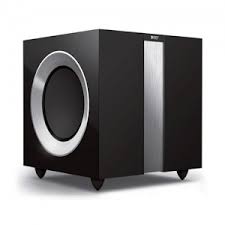
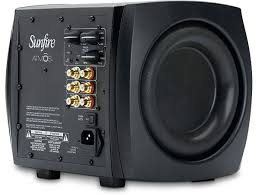
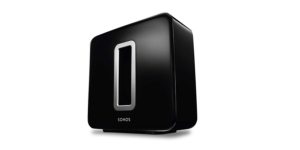
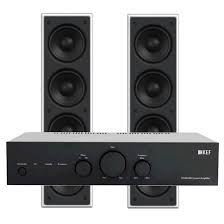
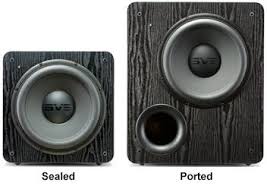

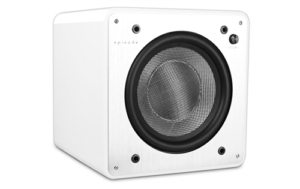
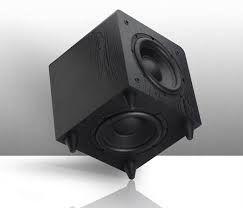
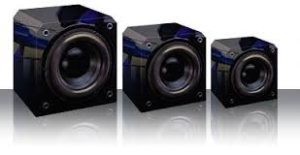
The pictures above are all subwoofers. How do you choose the correct subwoofer? Which type is right for you? It’s easy to say “the biggest, most powerful one within your budget”, but would be absolutely incorrect. There are many things to consider: size, power, location, ported or sealed, number of subwoofers, equalization, phase, front-firing, down-firing, side-firing, dual-firing, passive radiator, etc. That list is just for the subwoofer itself! You also must consider the size of the room, ceiling height, reflectiveness of the room, existing speaker system, seating arrangement, etc. It is easy to tell the difference between a subwoofer professionally optimized for a room vs. one just plunked on the floor because it was a good deal or because it received great reviews on the internet.
Did you know that placing a subwoofer against the wall will almost double the loudness? Placing it in a corner will almost triple the sound. Neither location is correct, though, as certain frequencies will overlap as they reflect, causing dead spots. When someone demonstrates their nice new subwoofer, grabs you by the shoulders and says, “stand right here”, that should set off an alarm, because a good subwoofer is non-directional, and there shouldn’t be a sweet spot. That is not a quality home subwoofer.
Ported subwoofers can usually play louder, but they are a bit less accurate. They don’t require as much power, and they usually cost less. However, they sacrifice accuracy and quality of sound for their added punch, which is usually of the thump! thump! thump! variety.
What size did you say you wanted again? There is no rule that a certain size works better in an X-size room, making it difficult to determine which subwoofer will work best for you. You have to take into consideration everything listed above before making a qualified choice. You wouldn’t buy clothes without knowing your size, would you? With the money you spend on a quality home subwoofer, you would be buying tailored clothes!
Another cruel and deceiving subject has to do with specifications. The problem is, specs alone can’t always help you make your choice. Unfortunately, many manufacturers will use whatever specs they see necessary in order to sell their product. A quality home subwoofer should have a low resonant frequency, or it becomes a rattle trap, sort of like what you hear driving down the street. This is considered bad bass – volume at the expense of quality. Good quality bass produces deep sounds realistically, not just the boom boom. And good bass isn’t necessarily more bass, just better audio fidelity – a more true audio representation of what’s intended to be in the movie or the music.
All this can be quite confusing to a consumer, so why not call an expert to get the best performance and most seamless integration with the subwoofer in your home theater system? We offer quality home subwoofers from Sunfire, KEF, Phase Technology, and Episode.
For more information, call us today! 509-6422







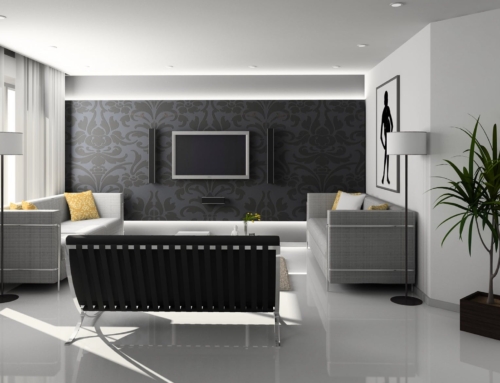
Leave A Comment